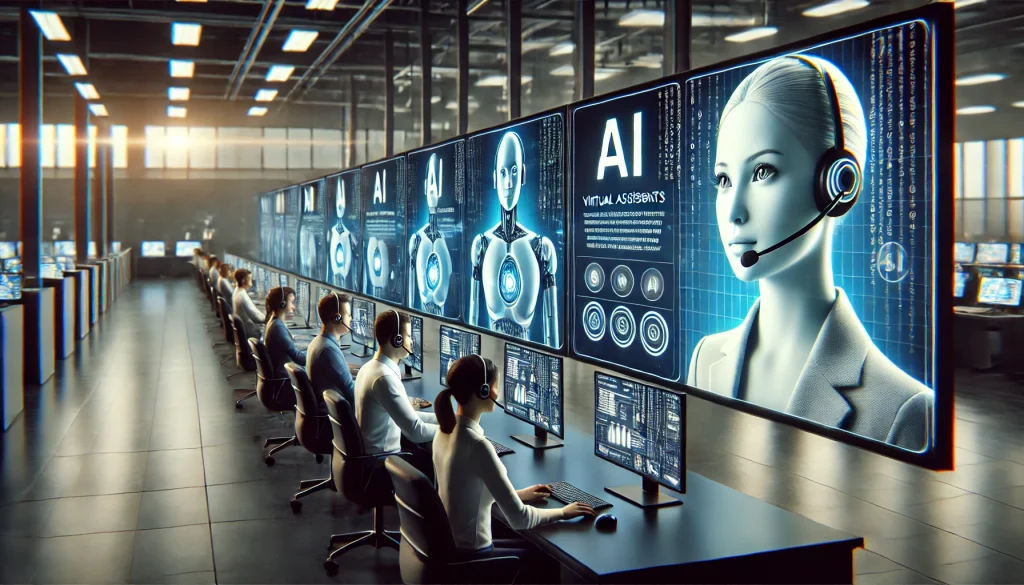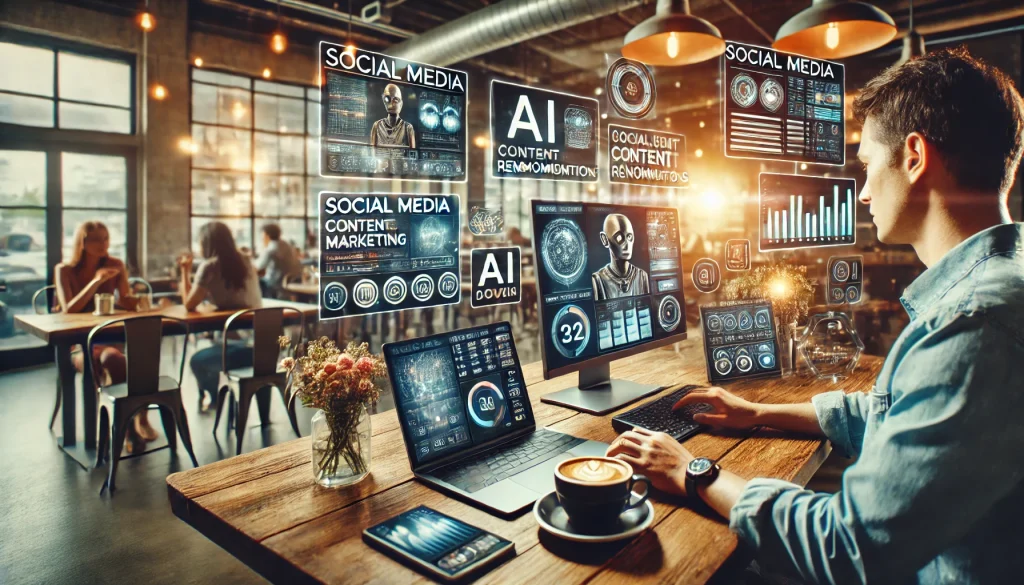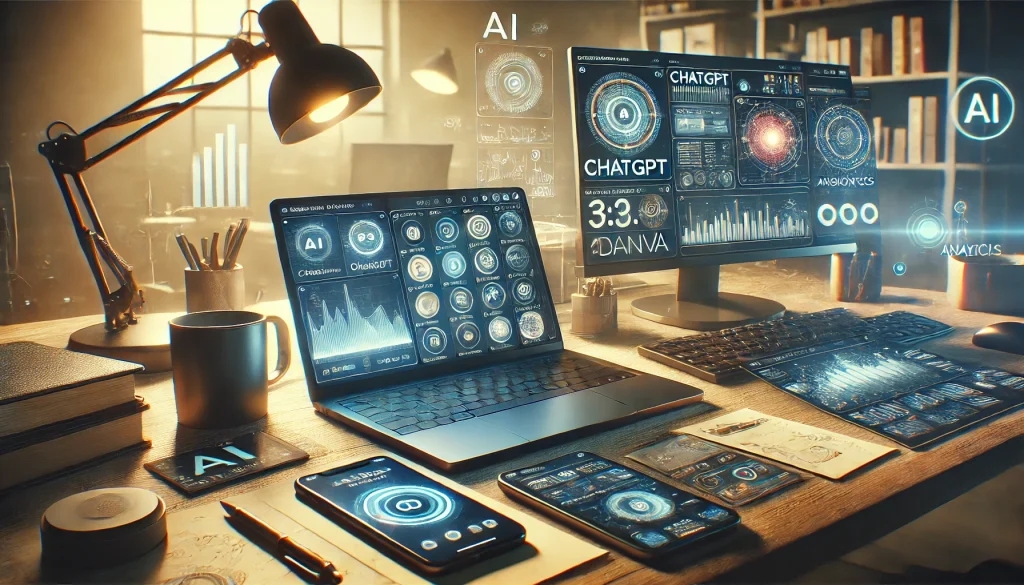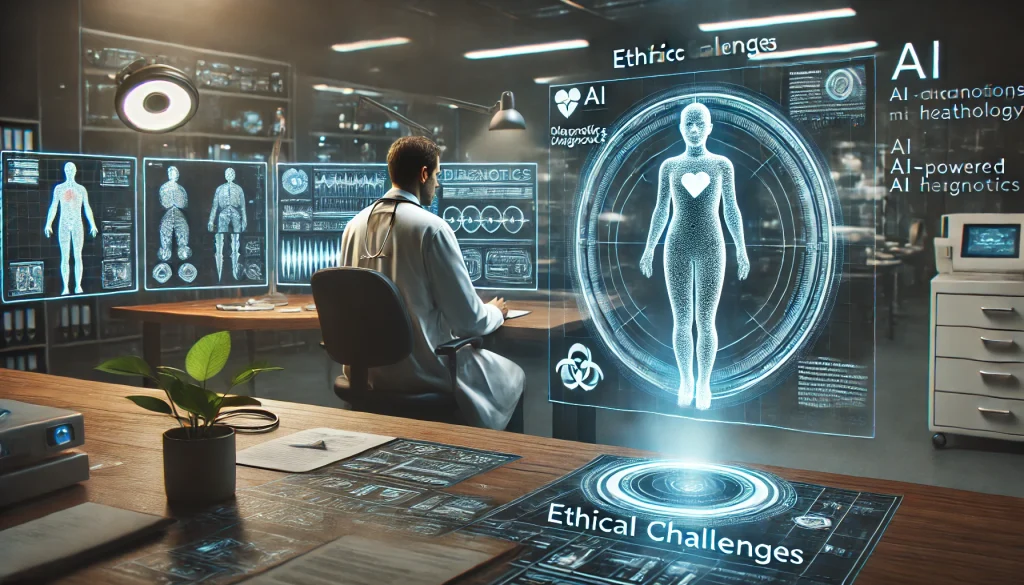Machine Learning (ML) is at the heart of modern Artificial Intelligence (AI). It’s the technology that enables computers to learn from data, make decisions, and improve over time without being explicitly programmed for each task. In this post, we’ll dive into what machine learning is, how it works, and why it’s the foundation of AI.
1. What is Machine Learning?
Machine Learning is a subset of AI that allows systems to automatically learn and improve from experience without human intervention. It relies on algorithms that can identify patterns in data and use those patterns to make predictions or decisions.
- Supervised Learning: In supervised learning, the machine is trained using labeled data. The system learns from examples and applies what it learns to new data.
- Unsupervised Learning: In this method, the system is given data without any labels and must find patterns or relationships on its own.
- Reinforcement Learning: Here, the system learns by interacting with its environment, receiving rewards for good decisions and penalties for bad ones.
Key Insight: Machine learning gives AI its ability to “think” by learning from vast amounts of data.
2. How Does Machine Learning Work?
The process of machine learning can be broken down into several key steps:
- Data Collection: Machines learn from data. The more data a system has, the better it can recognize patterns and make accurate predictions.
- Data Preparation: Raw data is cleaned and transformed into a usable format. This step is crucial because messy data can lead to poor results.
- Model Training: During this stage, an algorithm is chosen and trained using the prepared data. The system adjusts its parameters based on the data it processes to make predictions.
- Model Evaluation: The performance of the trained model is tested on a separate set of data to evaluate its accuracy and make improvements if necessary.
Example: In a machine learning model designed to predict house prices, data such as square footage, location, and the number of bedrooms would be used to “train” the system to make accurate predictions about future house prices.
3. Why Machine Learning is the Foundation of AI
Machine learning is what gives AI systems the ability to adapt, learn, and improve. It enables AI to perform tasks that go beyond pre-programmed instructions, allowing systems to handle complex problems and make data-driven decisions.
- Automation: Machine learning allows for the automation of tasks that would typically require human input.
- Personalization: ML powers recommendation engines like those on Netflix and Amazon, giving users personalized suggestions based on their behavior.
- Prediction: In fields like finance, healthcare, and marketing, ML helps make accurate predictions, from stock market trends to customer preferences.
Takeaway: Without machine learning, AI wouldn’t be able to handle the complex tasks that make it so valuable today.
4. Types of Machine Learning Algorithms
There are various machine learning algorithms, each suited to different types of problems:
- Linear Regression: A basic algorithm used for predicting numerical values, such as sales figures or housing prices.
- Decision Trees: These models are used for both classification and regression tasks, offering clear and easy-to-interpret results.
- Neural Networks: Inspired by the human brain, these are used in deep learning for tasks like image recognition and natural language processing.
- Support Vector Machines (SVM): A powerful algorithm used for classification tasks, especially when the data is complex.
Fun Fact: Neural networks are behind many modern AI systems, including facial recognition and language translation.
5. Real-World Applications of Machine Learning
Machine learning is transforming industries by enabling smarter, faster, and more efficient systems. Here are some key applications:
- Healthcare: ML algorithms are used to predict patient outcomes, diagnose diseases, and personalize treatments.
- Finance: Banks and financial institutions use ML to detect fraud, manage risks, and optimize trading strategies.
- Marketing: Companies use ML to analyze consumer behavior and deliver personalized content and ads.
- Autonomous Vehicles: Self-driving cars rely on machine learning to process data from sensors and make real-time driving decisions.
Impact: Machine learning is already a core part of many industries, improving efficiency and creating new possibilities.
6. The Challenges of Machine Learning
While machine learning has advanced significantly, there are still challenges that need to be addressed:
- Data Quality: Poor-quality data can lead to inaccurate models and incorrect predictions.
- Bias: If the data used to train a model is biased, the resulting predictions will also be biased.
- Computational Resources: Training large machine learning models can require significant computing power and time.
Takeaway: The success of machine learning models relies heavily on the quality of the data and the design of the algorithms.
7. The Future of Machine Learning
The future of machine learning looks bright, with continued advancements in areas like deep learning, reinforcement learning, and AI ethics. As more data becomes available and computational power increases, machine learning models will become even more sophisticated and capable.
- Explainable AI: A growing area of research focuses on making machine learning models more transparent, so we can understand how they make decisions.
- AI in Healthcare: ML will likely play a significant role in diagnosing and treating diseases, making healthcare more efficient and personalized.
- Ethical AI: As machine learning becomes more integrated into society, ensuring it’s used ethically will be a key concern.
Future Outlook: Machine learning will continue to evolve, driving innovation across multiple fields and shaping the future of AI.
Conclusion: Why Machine Learning is Crucial for AI
Machine learning is the engine that powers modern AI, enabling machines to learn, adapt, and perform complex tasks. As the foundation of AI, machine learning opens the door to a wide range of applications, from personalized recommendations to self-driving cars. Understanding machine learning is key to unlocking the full potential of AI.
In the next chapter, we’ll explore Deep Learning – Taking AI to the Next Level, diving deeper into how neural networks and other advanced techniques are driving breakthroughs in AI.







